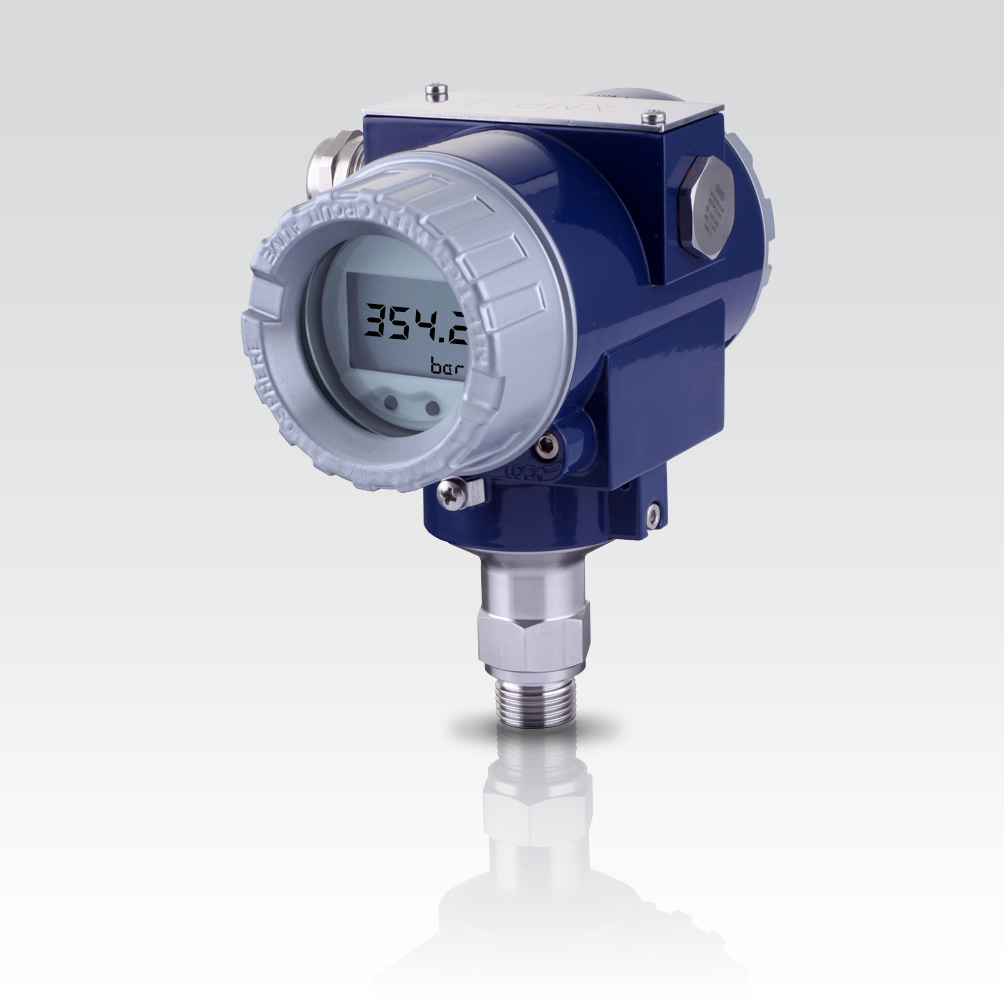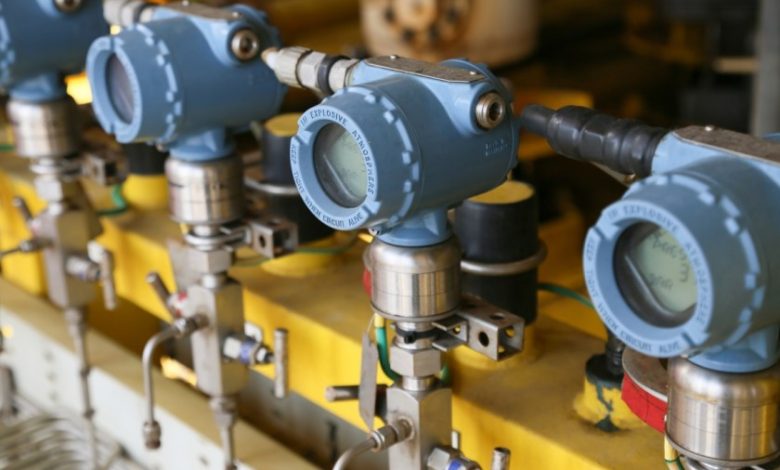Pressure transmitters are the unsung heroes in the complex world of industrial processes where accuracy is everything are used for pressure measurement. These small yet mighty devices and are used to measure and monitor pressure in various industries and play a vital role in the performance and safety of numerous applications.
In this blog post, we’ll explore everything you need to know about pressure transmitters, including what they do, what types they are used for, and why they are so important in today’s industries.
What is a Pressure Transmitter ?
A pressure transmitter is a device used for the purpose of measuring and transmitting pressure values. It acts as a bridge between the pressure world and the electronic world. It converts pressure values into electrical pulses that can be interpreted and used.

How Do Pressure Transmitters Work ?
The basic working principle of a pressure transmitter involves the conversion of mechanical pressure into electrical signals.
Typically, it consists of a sensing element, which reacts to changes in pressure, and an electronic circuit that transforms the mechanical input into an electrical output.
This output is then calibrated to provide an accurate representation of the applied pressure.

Types of Pressure Transmitters (Pressure measurement) :
Pressure transmitters come in various types, each catering to specific applications and industries. Let’s explore the primary categories:
1. Absolute Pressure Transmitters:
These measure pressure relative to a perfect vacuum. They find applications in high-altitude areas and vacuum-related processes.
2. Gauge Pressure Transmitters:
These transmitters measure pressure relative to atmospheric pressure. They are commonly used in industrial processes and manufacturing.
3. Differential Pressure Transmitters:
These transmitters measure the difference in pressure between two points. They are crucial in applications like flow measurements and filtration systems.
4. Sealed Pressure Transmitters:
these transmitters maintain a constant pressure reference, making them suitable for applications where atmospheric pressure changes need to be compensated.
5. Vacuum Pressure Transmitters:
Designed for low-pressure applications, vacuum pressure transmitters measure pressure below atmospheric pressure levels.
6. Smart/Intelligent Pressure Transmitters:
These transmitters incorporate advanced features like digital communication protocols and self-diagnostic capabilities, enhancing their functionality and versatility.
Applications of Pressure Transmitters:
1. Industrial Processes:
In industries such as manufacturing, where precision is crucial, pressure transmitters are employed to monitor and control various processes. From ensuring the right pressure conditions in chemical reactions to maintaining optimal levels in manufacturing lines, these devices play a pivotal role.
2. Oil and Gas Industry:
In the oil and gas sector, pressure transmitters are utilized to monitor wellheads, pipelines, and refining processes. Their ability to withstand harsh environmental conditions makes them indispensable in this industry.
3. Aerospace and Aviation:
Pressure transmitters are used in aircraft to measure altitude, airspeed, and cabin pressure. Their reliability and accuracy are essential for ensuring the safety and performance of aviation systems.
4. Medical Applications:
In the medical field, pressure transmitters are employed in devices such as ventilators and blood pressure monitors. They contribute to the accuracy of medical measurements and patient care.
5. Environmental Monitoring:
Pressure transmitters play a role in environmental monitoring systems, measuring atmospheric pressure changes to predict weather patterns and assess environmental conditions.
Benefits of Pressure Transmitters:
1. Accuracy:
One of the primary advantages of pressure transmitters is their exceptional accuracy.
They provide precise and reliable measurements, contributing to the overall efficiency of industrial processes.
2. Remote Monitoring:
With advancements in technology, pressure transmitters provide remote monitoring and are also equipped with wireless capabilities enable remote monitoring. This feature is particularly valuable in large-scale industrial facilities.
3. Real-time Data:
Pressure transmitters provide real-time data, allowing for prompt adjustments and interventions in processes.
This instantaneous feedback contributes to the overall safety and efficiency of operations.
4. Versatility:
The versatility of pressure transmitters is evident in their ability to adapt to various pressure ranges and environmental conditions. This adaptability makes them suitable for a wide range of applications.
5. Cost Efficiency:
In the long run, the use of pressure transmitters can lead to cost savings by preventing inefficiencies, minimizing downtime, and ensuring the optimal use of resource.
Conclusion:
In conclusion, pressure transmitters are indispensable instruments that silently contribute to the precision and safety of countless processes across various industries. From the controlled environments of manufacturing plants to the dynamic conditions of the aerospace sector, these devices play a crucial role in ensuring optimal performance and efficiency. As technology continues to advance, the role of pressure transmitters is likely to evolve, further enhancing their capabilities and expanding their applications in the ever-evolving landscape of industrial instrumentation.
Our You tube channel Our Face Book Page Home Page